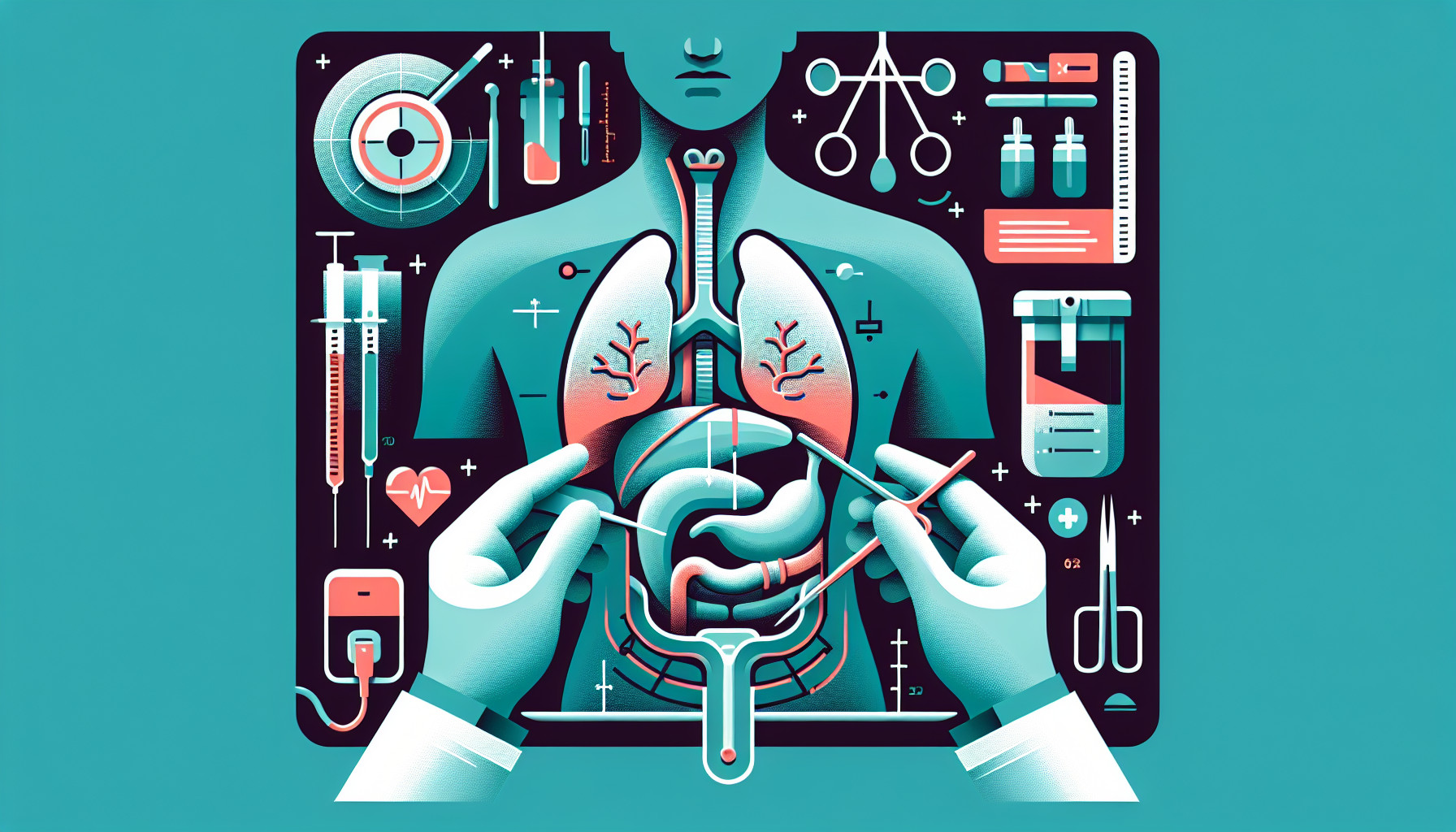Our Summary
This research paper investigates the progression of a virus called Cytomegalovirus (CMV) in high-risk patients who have received kidney or kidney-pancreas transplants. CMV can cause serious illness and even death after organ transplantation. The virus is usually detected using a sensitive test, but there’s no agreed upon viral load (amount of virus in the body) that signals when preemptive treatment should start.
The researchers focused on what they call a “CMV blip” - the first instance of the virus being detected, but at a level so low it’s hard to measure. They studied patients for a year after their transplants to see if these “blips” turned into a more significant and measurable virus presence, known as DNAemia.
Out of 134 patients, about 40% had a “CMV blip”. Of these, about 70% saw their virus levels increase to DNAemia, while the remaining 30% did not. The first “blip” typically occurred about 2-3 months after the transplant and most of these patients were already on preventative treatment.
The study concluded that a “CMV blip” is a common occurrence after a transplant, even with preventative treatment, and could be an early sign of a CMV infection. Most of these “blips” develop into a more serious virus presence within a few weeks.
FAQs
- What is a “CMV blip” and how is it related to organ transplantation?
- What percentage of patients saw their “CMV blip” progress to DNAemia, according to the research?
- What does the study suggest about the effectiveness of preventative treatment for CMV after transplantation?
Doctor’s Tip
Therefore, it is important for patients who have received a pancreas transplant to be vigilant about any changes in their health, especially in the months following the procedure. If you experience any symptoms such as fever, fatigue, or body aches, make sure to notify your doctor immediately. Regular monitoring of your CMV levels is also crucial in order to catch any potential infections early on. By staying proactive and working closely with your healthcare team, you can help ensure the success of your pancreas transplant and maintain your overall health and well-being.
Suitable For
Based on this research, patients who have received kidney or kidney-pancreas transplants are typically recommended for a pancreas transplant if they are considered high-risk for developing a CMV infection. These high-risk patients may include those who have previously had CMV infections, those who are receiving high doses of immunosuppressive medications, or those who have had multiple episodes of rejection.
It is important for transplant patients and their healthcare providers to monitor for early signs of CMV infection, such as “blips” in viral load, in order to initiate preemptive treatment and prevent the progression of the virus to a more serious level. By closely monitoring CMV levels in high-risk patients, healthcare providers can tailor treatment strategies to prevent complications and improve patient outcomes following a pancreas transplant.
Timeline
Overall, the timeline for a patient before and after a pancreas transplant may look something like this:
Before transplant:
- Patient undergoes extensive medical evaluations to determine eligibility for transplant
- Patient is placed on a waiting list for a suitable donor pancreas
- Patient may experience symptoms of end-stage pancreas disease, such as severe abdominal pain, weight loss, and diabetes complications
- Patient may be on dialysis if they have kidney failure along with pancreas disease
After transplant:
- Patient undergoes surgery to receive the new pancreas
- Patient is monitored closely in the hospital for complications such as rejection or infection
- Patient may need to take immunosuppressant medications for the rest of their life to prevent rejection
- Patient undergoes regular follow-up appointments with their medical team to monitor their progress and adjust medications as needed
- Patient may experience side effects of the immunosuppressant medications, such as increased risk of infections and organ damage
- Patient may need to make significant lifestyle changes to maintain the health of their new pancreas, such as following a strict diet and exercise regimen
- Patient may experience improved quality of life and reduced symptoms of pancreas disease, such as improved blood sugar control and reduced risk of complications like kidney failure
Overall, a pancreas transplant can be a life-saving procedure for patients with end-stage pancreas disease, but it also comes with risks and challenges that require ongoing management and support from a medical team.
What to Ask Your Doctor
Questions a patient should ask their doctor about pancreas transplant and potential CMV infection:
- What is the risk of developing CMV infection after a pancreas transplant?
- How is CMV infection detected in transplant patients?
- What are the symptoms of CMV infection that I should watch out for?
- What preventative measures are in place to reduce the risk of CMV infection?
- How often will I be monitored for CMV infection after the transplant?
- What is the treatment plan if a “CMV blip” is detected?
- How likely is it for a “CMV blip” to progress into a more serious infection?
- Are there any lifestyle changes I should make to reduce the risk of CMV infection?
- How does CMV infection impact the success of the pancreas transplant?
- Are there any specific warning signs that indicate the need for immediate medical attention in case of CMV infection?
Reference
Authors: Payne AT, Lindner BK, Gilbert AJ, Kumar RN, Thomas BS, Timpone JG. Journal: Transpl Infect Dis. 2022 Apr;24(2):e13789. doi: 10.1111/tid.13789. Epub 2022 Feb 1. PMID: 35014122
